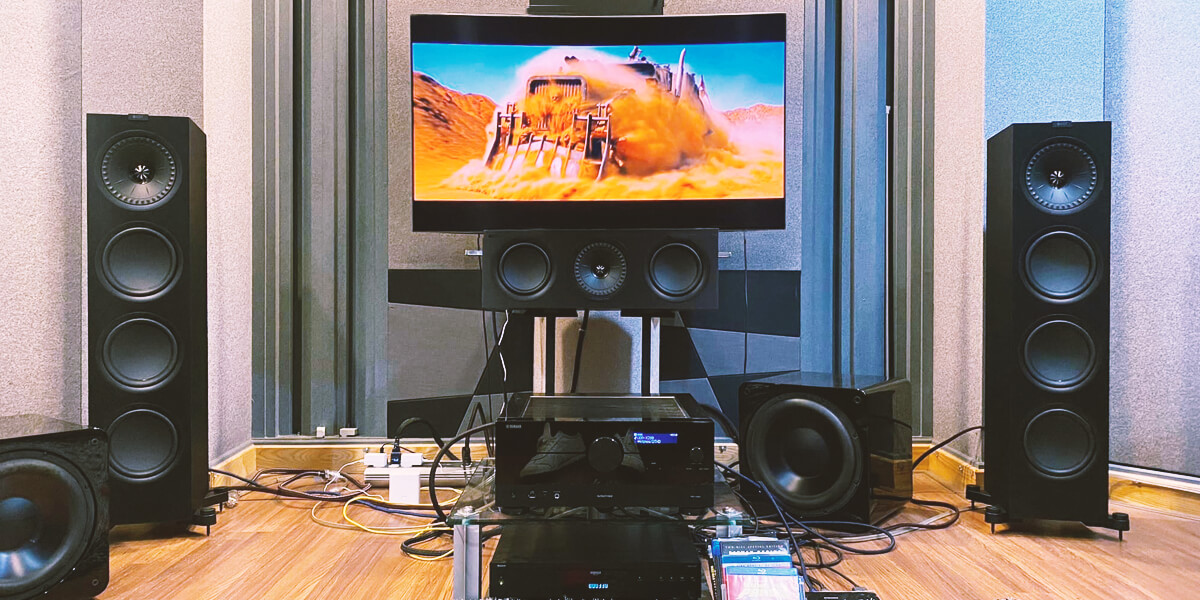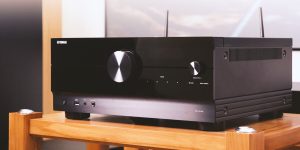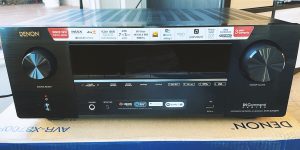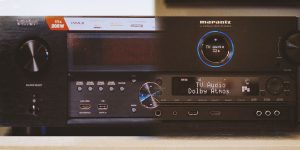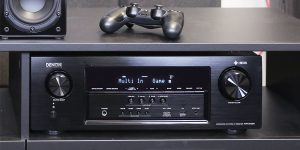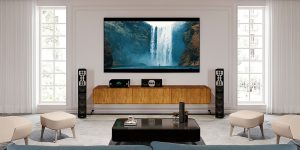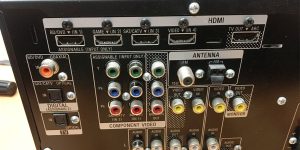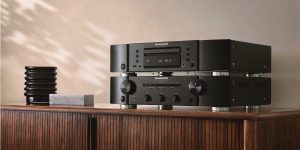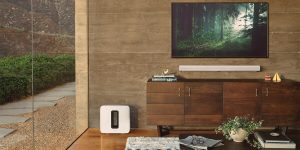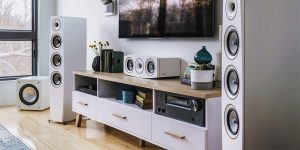In today’s world, home entertainment has become a part of our daily lives, and AV receivers play an important role in delivering immersive audio experiences. In addition to the basic functions, these devices have various additional features, one of which is multi-room. In this article, I want to provide a comprehensive understanding of the multi-zone receiver and its various benefits.
Definition of a multi-zone feature
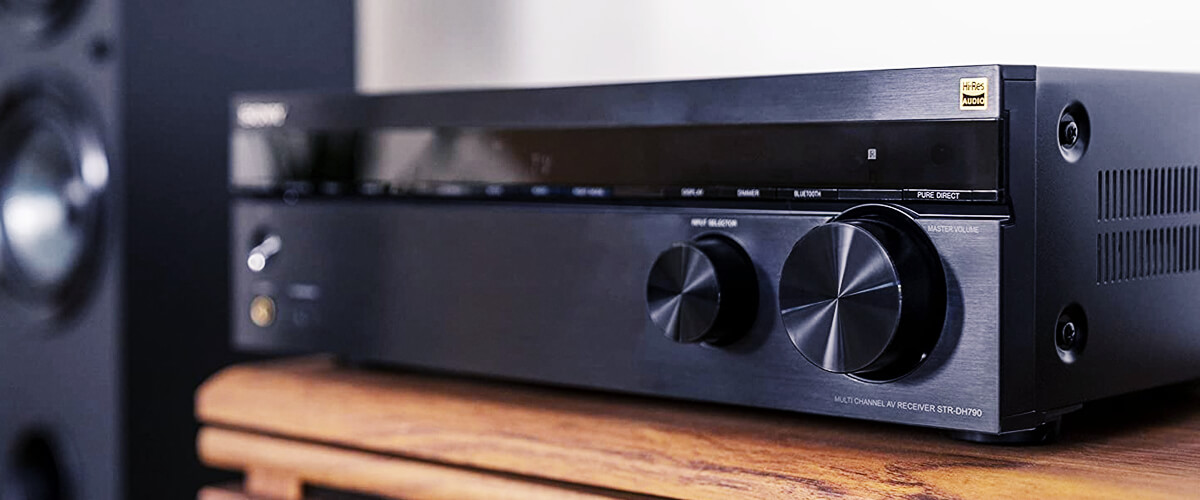
A multi-zone feature refers to the capability of the receiver to distribute audio signals to different speakers or zones within a home or venue. This allows the user to play different audio sources simultaneously in various rooms or areas, providing a customizable listening experience. Multi-zone functionality is an excellent addition to home theaters, multi-room audio systems, and commercial installations, as it enables tailored sound experiences for different spaces and occasions.
For example, someone could watch a movie in the living room while another person listens to music in the kitchen, and yet another enjoys a podcast in the bedroom. The multi-zone feature allows for simultaneous playback of different audio sources to cater to the preferences of individual users in various areas of the home.
How does multi-zone work in an AV receiver?
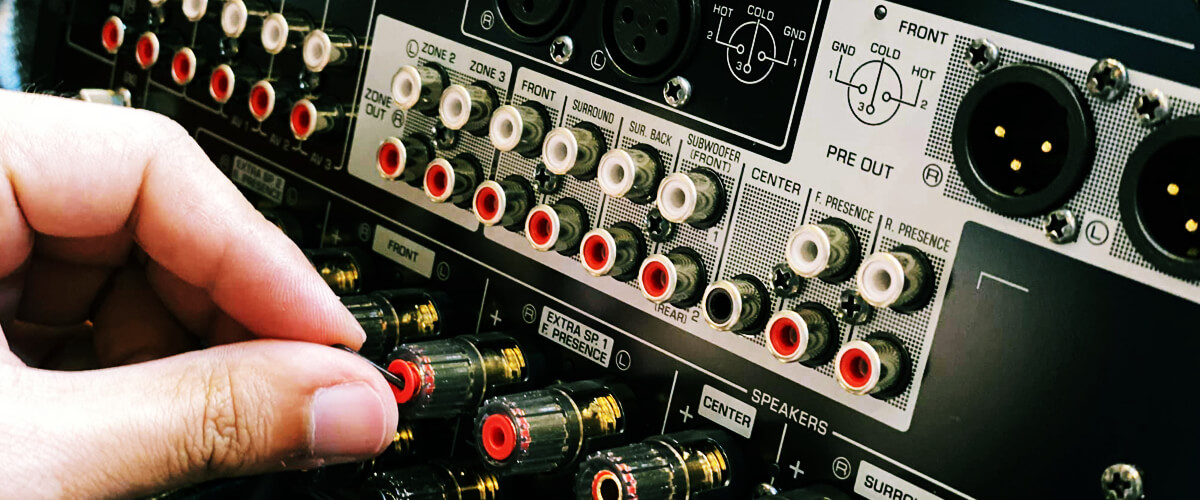
AV receiver with multi-zone features is designed with multiple amplifiers and processing capabilities to manage audio distribution across different zones. It could be connected to various input sources, such as a Blu-ray player, gaming console, or streaming source. It then processes the audio signals and distributes them to the designated zones. The user can configure the receiver to assign specific input sources to each zone, as well as adjust the volume levels and equalization settings for each area.
Modern receivers come with app-based control systems, enabling users to manage their multi-zone settings via a smartphone or tablet. That is very useful when your smartphone is in the same network as a receiver, so you don’t need to use a classic remote that could be anywhere in another room.
The multi-zone feature utilizes the receiver’s built-in amplifiers and signal processing capabilities to distribute audio to different zones. This process can be accomplished in several ways:
- nternal amplification: additional built-in amplifiers dedicated to powering speakers in the second or third zones. The user can assign these amplifiers to different zones through the receiver’s settings. So, for example, even if you don’t have an additional external amplifier or wireless speakers and your receiver supports a 7.1 channel configuration, you still can watch a movie with 5.1 surround sound in the living room while someone else listens to music in the kitchen.
- Pre-outs: AV receivers with multi-zone functionality typically have pre-out connections for Zone 2 and, in some cases, Zone 3. These pre-outs allow users to connect external amplifiers to power speakers in the additional zones, providing greater speaker setups flexibility for each area and control over the audio distribution.
- Wireless connectivity: Modern AV receivers often feature wireless technologies like Wi-Fi, Bluetooth, or proprietary protocols, enabling audio streaming to compatible wireless speakers or devices in other zones.
What are the benefits of multi-room audio?
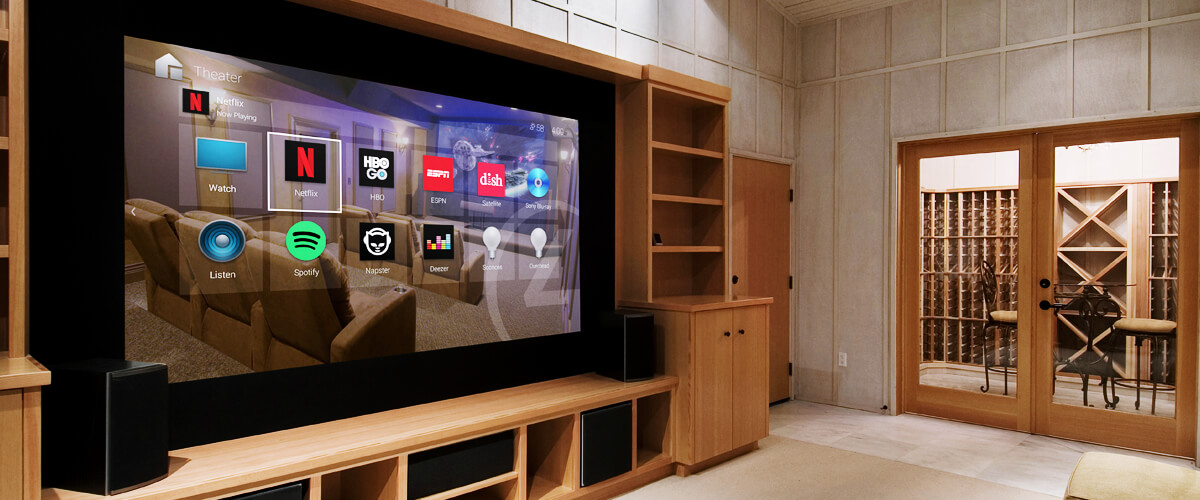
Multi-room audio offers various advantages, making a multi-room home theater system an attractive option for homeowners and businesses:
- Customized listening experience: Multi-room audio allows users to tailor the audio experience to their preferences. They can listen to different sources in different rooms or play the same audio source throughout the house.
- Entertainment and convenience: Multi-room audio lets you entertain guests in various rooms or zones without needing separate audio systems. It also allows you to seamlessly enjoy your favorite music, podcasts, or radio stations as you move from one room to another.
- Centralized control: Multi-room audio systems often come with smartphone apps or remote controls, enabling users to easily manage and adjust the audio in different zones.
- Expandability: As your needs grow, multi-room audio systems can be easily expanded by adding more speakers or zones. This scalability ensures that your system remains relevant and adaptable to your changing requirements.
